RICHMOND — Nicole Tuttle has plenty of experience battling the brush fires that start every spring, summer and fall; but until Thursday, she had never started one before.
That changed around noontime, when Tuttle, a member of the Richmond Fire Department, joined a crew from the Maine Department of Inland Fisheries & Wildlife that was starting a series of small fires on Swan Island, a state-owned wildlife management area just east of Richmond in the Kennebec River.
Tuttle, who also works in the restaurant industry, was the only member of the Richmond Fire Department who was free to participate in Thursday’s burn.
“Everyone else has to work today,” she said during a bumpy ride across the island in the back of a truck. “They’re so jealous.”
More than a dozen people participated in the controlled burn on Swan Island. Wearing flame-resistant, bright yellow shirts and hard hats, they used drip torches to pour a mix of gasoline and diesel over an open field, igniting the grass and charring the soil.
A few members of the crew drove all-terrain vehicles along the burn site, spraying water to control the flames. As they worked, black swallows flew overhead and a muskrat swam in a nearby pond. Wind caught the smoke and carried it westward.
The burn was the first of its kind on Swan Island and several years in the making, according to John Pratte, a biologist who manages the island for Inland Fisheries & Wildlife.
Swan Island, also known as the Steve Powell Wildlife Management Area, is a 4-mile long stretch of fields, forests and wetlands at the head of Merrymeeting Bay that’s frequented by everything from moose to bald eagles to bull frogs.
Every year, Inland Fisheries & Wildlife staff members have mowed about a third of the 230-acre island, which helps grassland birds such as bobolinks, meadowlarks and savannah sparrows make nests, Pratte said.
The controlled burn — also known as a prescribed burn — will have an effect similar to mowing, but with several advantages, Pratte said. It takes less time and expense than mowing, it reduces a layer of dead matter beneath the grass know as duff and it can put nutrients back into the soil, avoiding the need for additives.
“This is great because it’s pretty quick and cost-effective,” said Ryan Robicheau, a regional supervisor for Inland Fisheries & Wildlife who was helping on Thursday. “Rather than adding amendments to the soil, the burning creates those nutrients. … The end goal is to perpetuate the habitat for nesting bird species, as well as the quality of the field.”
Pratte also hopes that the controlled burn will reduce some of the invasive plant species that have taken root on Swan Island, such as a dense shrub known as the Japanese barberry, which was scattered across the burn site. Not only are the Japanese barberries invasive, Pratte said, they also attract rodents, which in turn can bring ticks. He also hopes the burn will allow more milkweed to grow, which can attract monarch butterflies.
After the burn Thursday, Pratte said the biologists will continue to monitor the site in the next couple of years, comparing it to a nearby field that was mowed and trying to get a sense of how the two techniques differ.
After burning 25 acres this week, the wildlife agency hopes to make annual burns on Swan Island, Pratte said.
The agency also hopes to carry out more burns across the state, Robicheau said. The agency already has used the technique about three times a year in other parts of the state, such as the Kennebunk Plains wildlife management area. It is carrying out two other controlled burns this year in Aroostook County.
But scheduling a controlled burn can be tricky.
Before Thursday, Inland Fisheries & Wildlife hired a private contractor, John Leavitt, of Cumberland, to monitor the wind conditions, moisture levels and other factors that can make burning brush dangerous or impractical. Leavitt also notified a number of local fire departments that the burn would be taking place.
The state agency originally was hoping to hold the Swan Island burn in April but had to keep postponing it because of the wet weather, Pratte said. The agency also couldn’t wait too long, because spring growing conditions would have made the vegetation harder to burn,
“We’re at the tail end of the burn window,” Robicheau said.
Charles Eichacker — 621-5642
Twitter: @ceichacker
Send questions/comments to the editors.


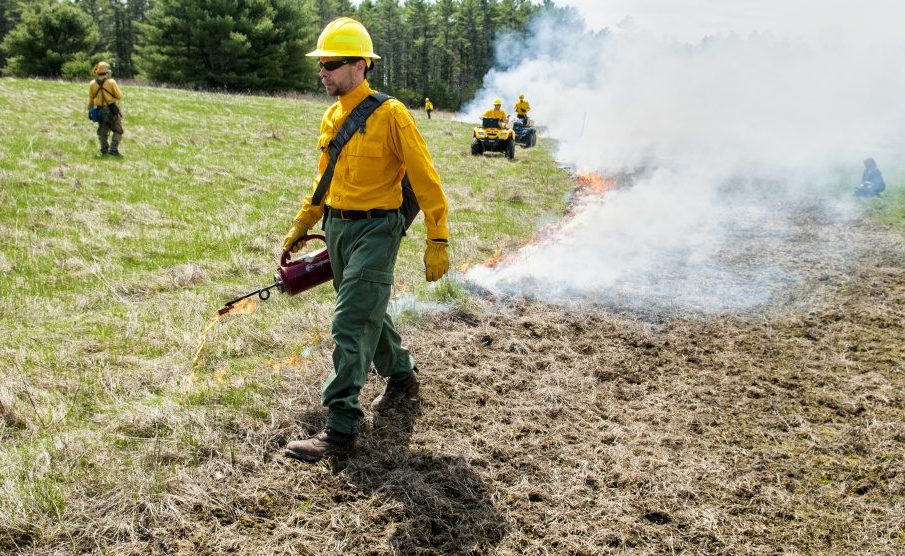
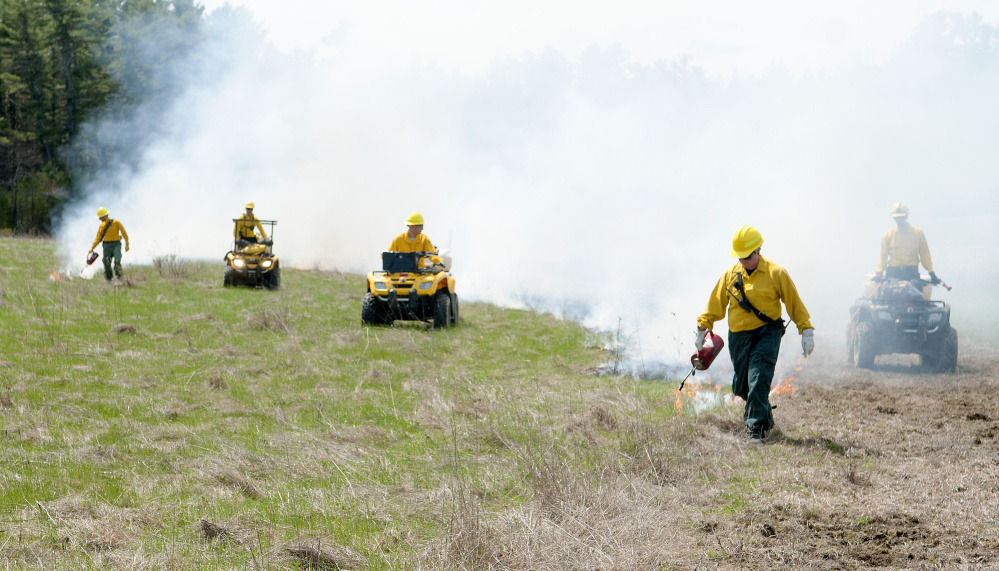
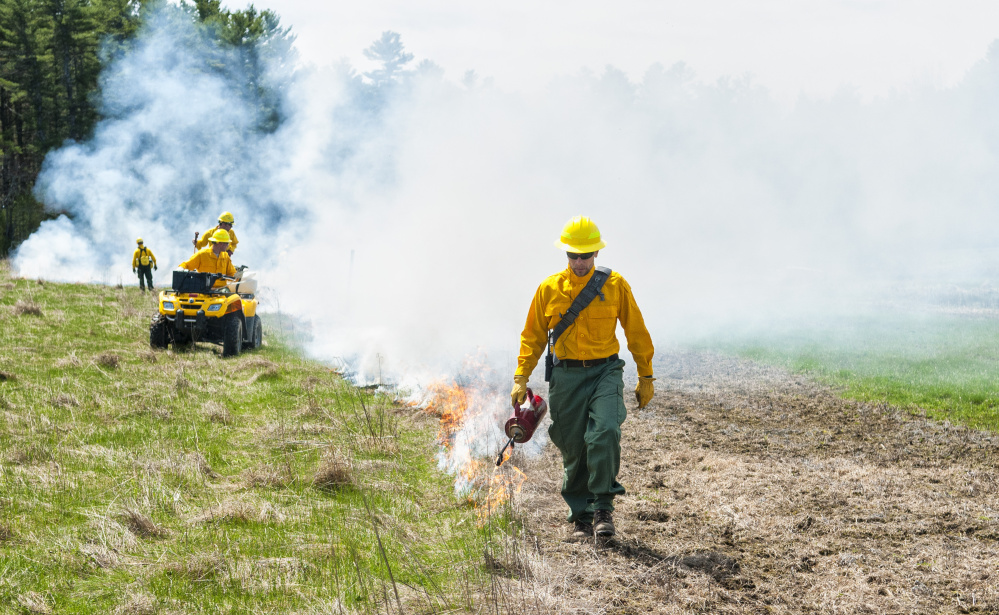
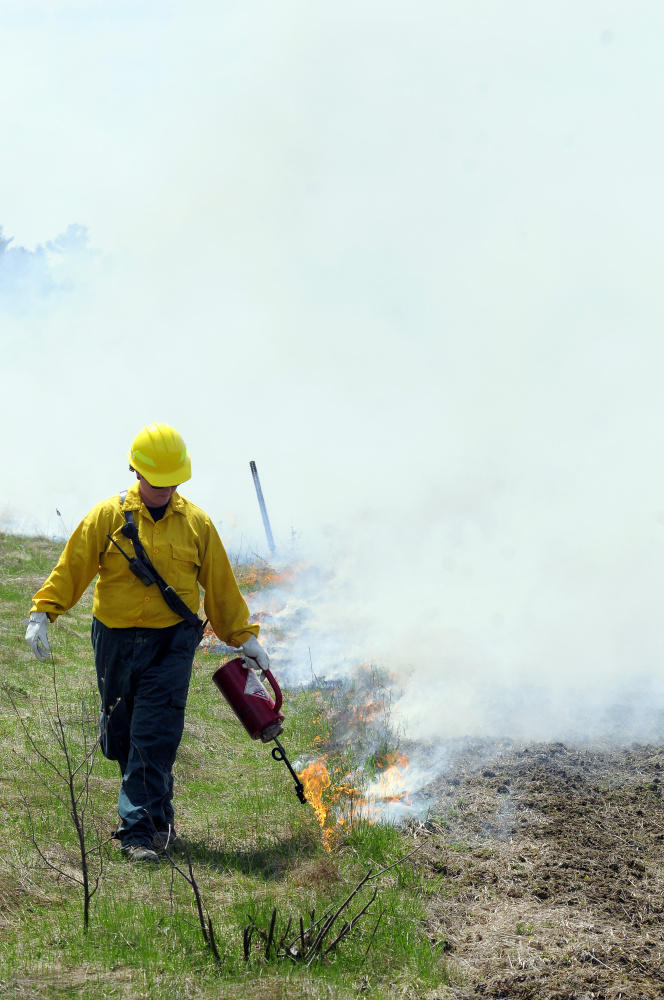

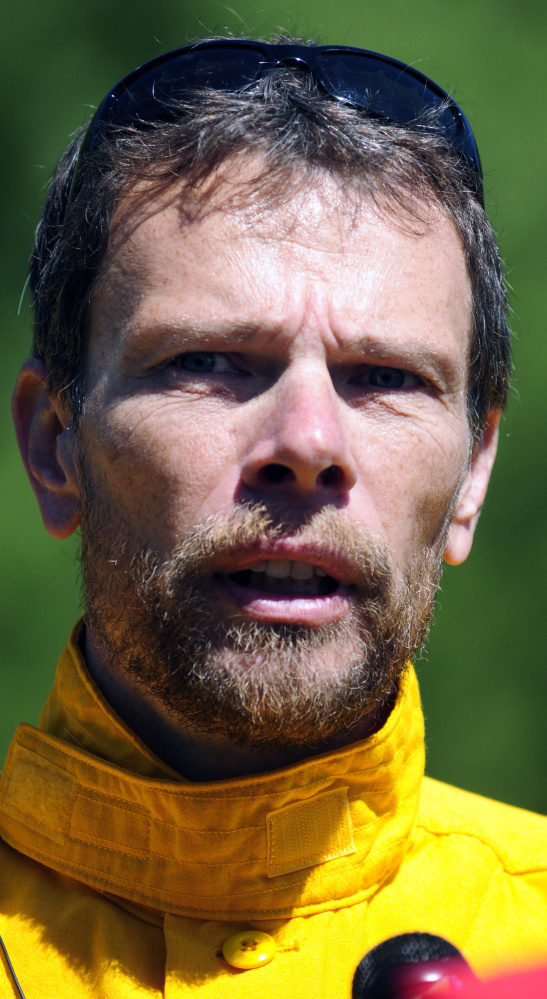

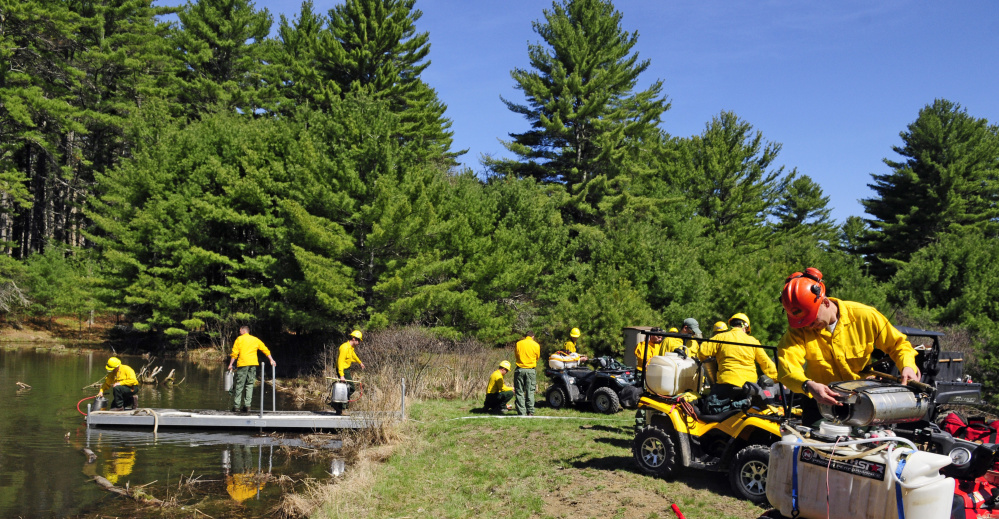
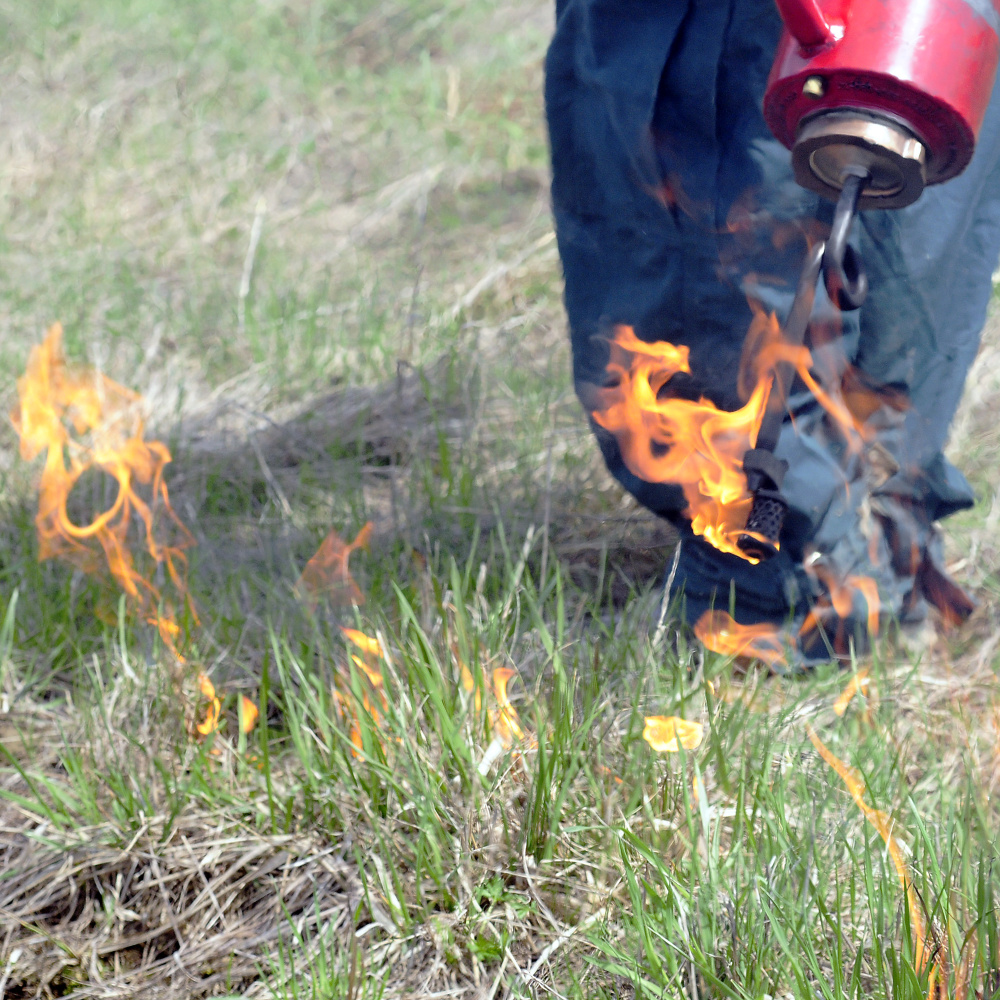
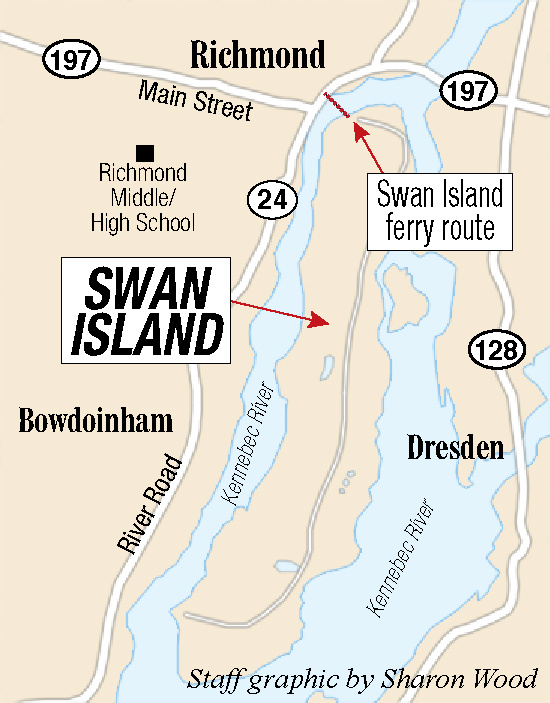

Comments are no longer available on this story